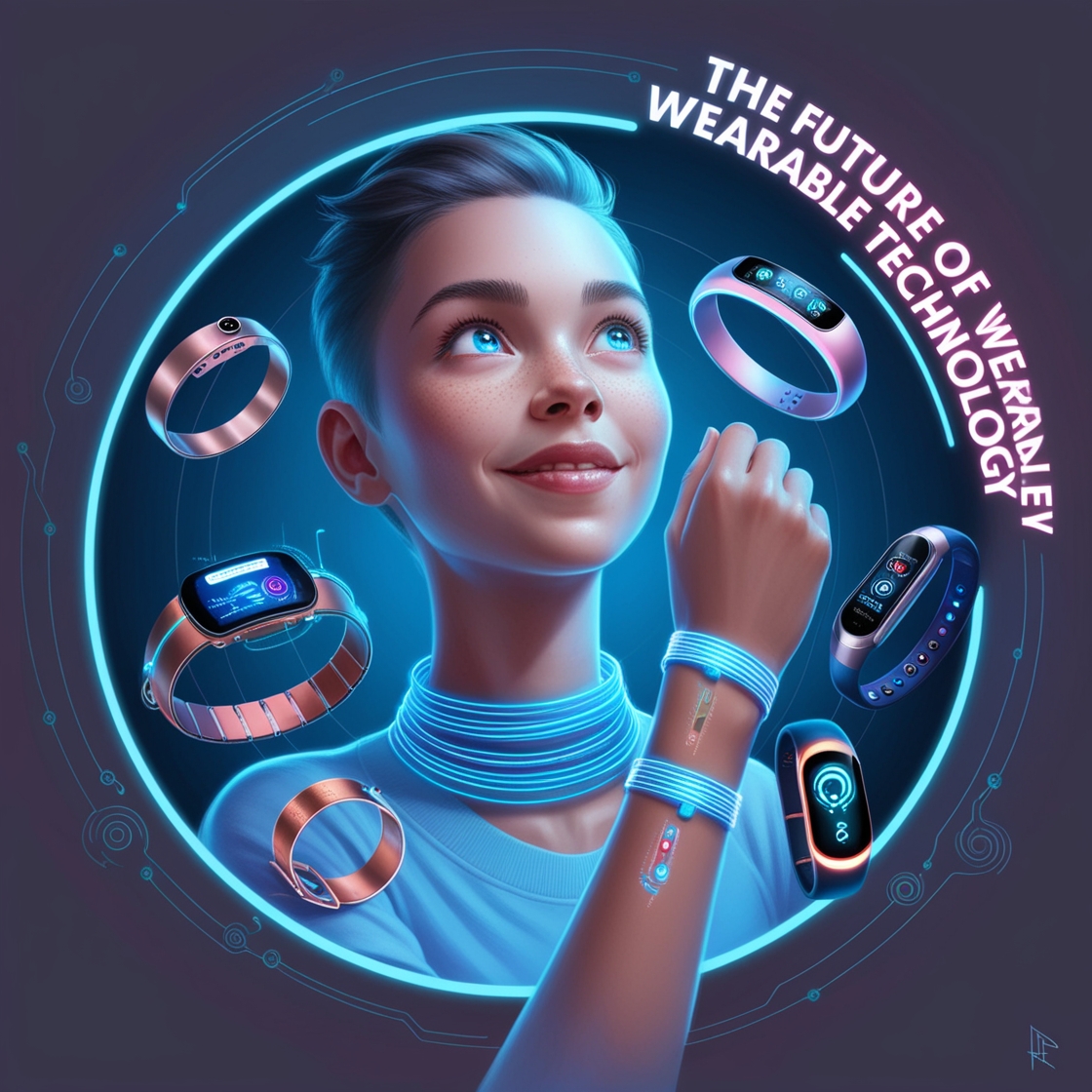1. Introduction to Wearable Technology
Wearable technology refers to electronic devices that can be worn on the body. These gadgets have evolved from basic tools to sophisticated devices capable of monitoring health metrics, enhancing communication, and even controlling smart home devices.
2. The Rise of Fitness Trackers
Fitness trackers have been the trailblazers in wearable tech. With features like step counting, heart rate monitoring, and sleep tracking, they have changed how people approach fitness. But as with any technology, there’s always room for innovation.
3. What’s Next? The Future Beyond Fitness Trackers
3.1 Smart Clothing
Imagine clothes that can monitor your heart rate, temperature, and even hydration levels. Smart fabrics are being developed that can collect data and provide insights into your health. This could revolutionize how athletes train and how we manage our health in everyday life.
3.2 Advanced Health Monitoring Devices
While fitness trackers mainly focus on exercise, future wearables will delve deeper into health monitoring. Devices could soon track blood glucose levels, monitor respiratory health, or even detect early signs of illness. For instance, smartwatches equipped with advanced sensors might soon offer continuous blood sugar monitoring for diabetics, making life a bit easier.
3.3 Augmented Reality (AR) Glasses
AR glasses are on the horizon, merging the digital world with our physical surroundings. Companies like Google and Apple are investing heavily in AR technology, enabling users to access information without looking at their phones. From navigation assistance while driving to virtual meetings that feel face-to-face, AR glasses could redefine connectivity.
3.4 Mental Health Wearables
As mental health becomes a crucial aspect of overall wellness, wearables designed to monitor mental well-being are emerging. Devices that can track stress levels, mood changes, and even provide guided breathing exercises could help users maintain a balanced state of mind.
4. The Role of AI in Wearable Technology
Artificial Intelligence (AI) is set to play a significant role in the future of wearables. By analyzing the data collected from wearables, AI algorithms can provide personalized recommendations for health, fitness, and overall well-being.
5. Integration with Smart Home Devices
Wearables will increasingly interact with smart home devices. For example, imagine a wearable that adjusts your home’s temperature based on your body temperature or syncs with your coffee maker to brew your morning coffee when you wake up.
6. Potential Challenges Ahead
6.1 Data Privacy Concerns
As wearables collect more sensitive data, concerns about privacy and data security will grow. Ensuring that users’ health information is secure will be crucial for the adoption of advanced wearable technology.
6.2 Battery Life and Comfort
As functionalities increase, so does the demand for power. Innovations in battery technology will be essential to keep wearables lightweight, comfortable, and long-lasting.
7. The Impact of Wearable Technology on Healthcare
Wearable technology could significantly impact the healthcare industry. With real-time data collection, healthcare professionals could monitor patients remotely, leading to faster diagnoses and tailored treatment plans.
8. The Future of Wearables in Sports
Athletes are already using wearables to enhance performance. The future may see even more sophisticated devices that can predict injuries or suggest optimal training regimens based on real-time data.
9. A Look at Current Trends
9.1 Biometric Sensors
Wearables will increasingly incorporate biometric sensors to track various health metrics, providing a more comprehensive overview of an individual’s well-being.
9.2 Customization and Personalization
Wearable tech will move towards more customization options, allowing users to personalize their devices according to their preferences and needs.
10. The Role of Fashion in Wearable Technology
As technology advances, wearables will become more stylish. Designers are already collaborating with tech companies to create devices that are both functional and fashionable, making them more appealing to consumers.
11. Conclusion
The future of wearable technology is bright and filled with potential. As we move beyond fitness trackers, the possibilities are limitless, from smart clothing and AR glasses to advanced health monitoring devices. The integration of AI and the collaboration with fashion will redefine how we perceive wearables, ultimately enhancing our lives in countless ways.
FAQs
1. What are some examples of wearable technology?
Wearable technology includes fitness trackers, smartwatches, AR glasses, and smart clothing that monitor health metrics.
2. How can wearables impact mental health?
Wearables can help monitor stress levels and mood changes, offering users insights and tools to manage their mental well-being.
3. Are there privacy concerns with wearable technology?
Yes, as wearables collect sensitive health data, ensuring user privacy and data security is paramount.
4. Will wearables be able to replace traditional healthcare methods?
While wearables enhance healthcare monitoring, they are unlikely to fully replace traditional methods; rather, they will complement them.
5. What advancements can we expect in wearable technology over the next decade?
Expect more integration with smart home devices, advanced health monitoring features, and an emphasis on fashion and customization in wearable designs.
